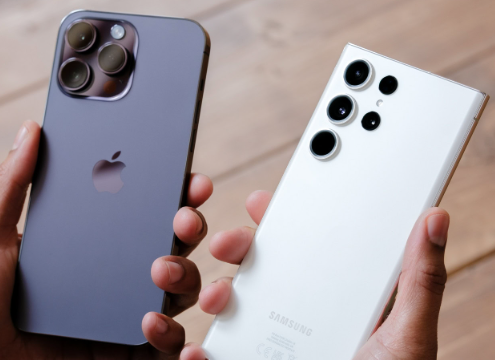When choosing a smartphone, the debate between Android and iOS is one of the most common discussions among users. Both operating systems have their strengths, but which one provides a more user-friendly experience? Let’s explore various aspects, including ease of use, customization, accessibility, and overall functionality.
Ease of Use: Simplicity vs. Familiarity
One of Apple’s key selling points for iOS is its straightforward and intuitive interface. iPhones are known for their consistency—every update refines the experience without drastic changes. The home screen, settings, and gestures follow a predictable structure, making it easy for users to navigate.
Android, on the other hand, offers a more flexible interface. While some versions may have minor learning curves due to manufacturer-specific modifications, the core Android experience has improved significantly over the years, with user-friendly navigation and customizable widgets.
Customization and Personalization
Android takes the lead in customization. Users can modify their home screen layouts, install third-party launchers, and adjust system settings extensively. This level of control allows individuals to tailor their devices to suit their preferences.
iOS, while offering some personalization options like widgets and app organization, limits deeper customization. Apple maintains a controlled ecosystem to ensure security and consistency, which may appeal to those who prefer a streamlined experience without overwhelming options.
App Availability and Ecosystem
Both platforms have access to millions of apps through the Google Play Store and Apple’s App Store. However, iOS is known for receiving apps earlier and often has a more refined selection due to Apple’s strict app review process.
Android, in contrast, allows users to download apps from various sources, including third-party stores, offering more freedom. This flexibility can be beneficial for tech-savvy users but may require additional caution to ensure app security.
Software Updates and Longevity
Apple provides long-term software support, with iPhones receiving iOS updates for approximately five to six years. This extended support ensures older devices remain functional with the latest features and security patches.
Android updates depend on the manufacturer. While Google’s Pixel phones receive timely updates, other brands may delay rollouts or limit software support to about three years. However, Android’s open-source nature allows for workarounds, such as custom ROMs, for users who want extended longevity.
Device Affordability and Choices
Android offers a wider range of devices, from budget-friendly options to high-end flagship models. This variety ensures that users can find a smartphone that fits their budget and needs.
iPhones, on the other hand, generally fall into the premium price category. While Apple does offer older models at reduced prices, its lineup remains more expensive compared to the diverse Android market.
Security and Privacy
Apple places strong emphasis on user privacy, with features like App Tracking Transparency and on-device processing for sensitive data. iOS users benefit from a closed ecosystem where apps must adhere to strict guidelines, reducing the risk of malware.
Android has improved its security over time, with Google Play Protect and regular updates. However, because of its open nature, users need to be more vigilant when downloading apps outside the official store.
Which One is More User-Friendly?
The answer depends on personal preference:
- For simplicity and consistency, iOS is an excellent choice, especially for users who prefer a uniform experience with regular updates.
- For flexibility and customization, Android is the better option, catering to users who enjoy tweaking their devices and exploring different features.
Ultimately, both Android and iOS provide exceptional user experiences, and the right choice depends on individual priorities. Whether you prefer a tightly integrated system or a highly customizable interface, both platforms continue to evolve, offering impressive features for every type of user.






